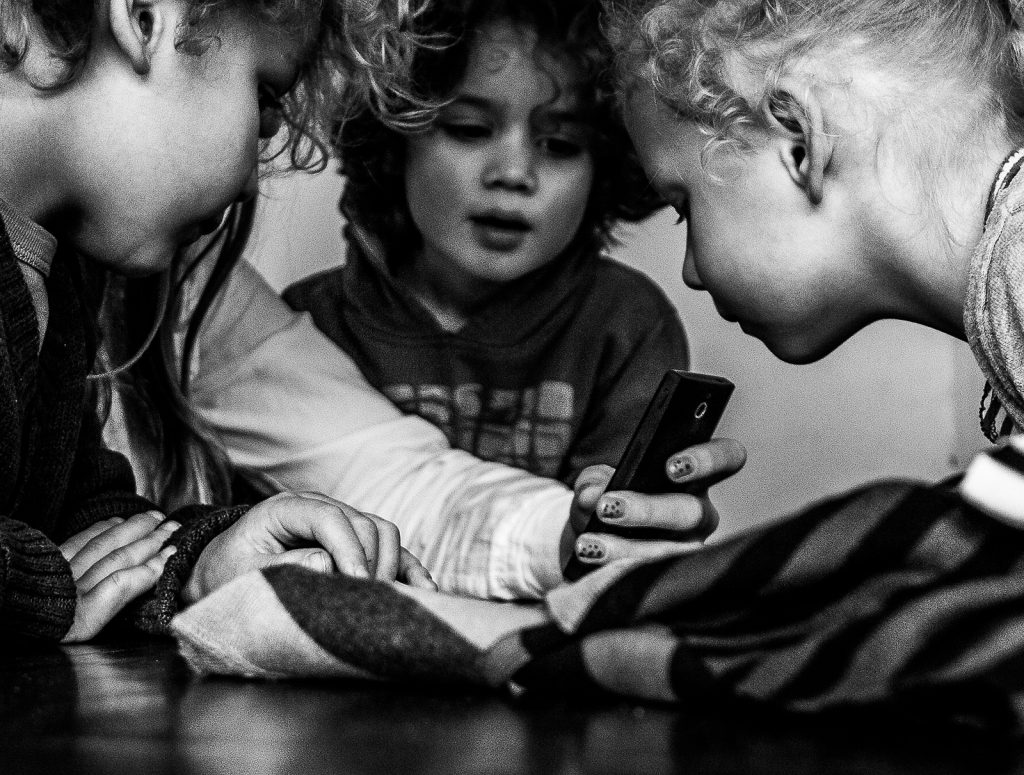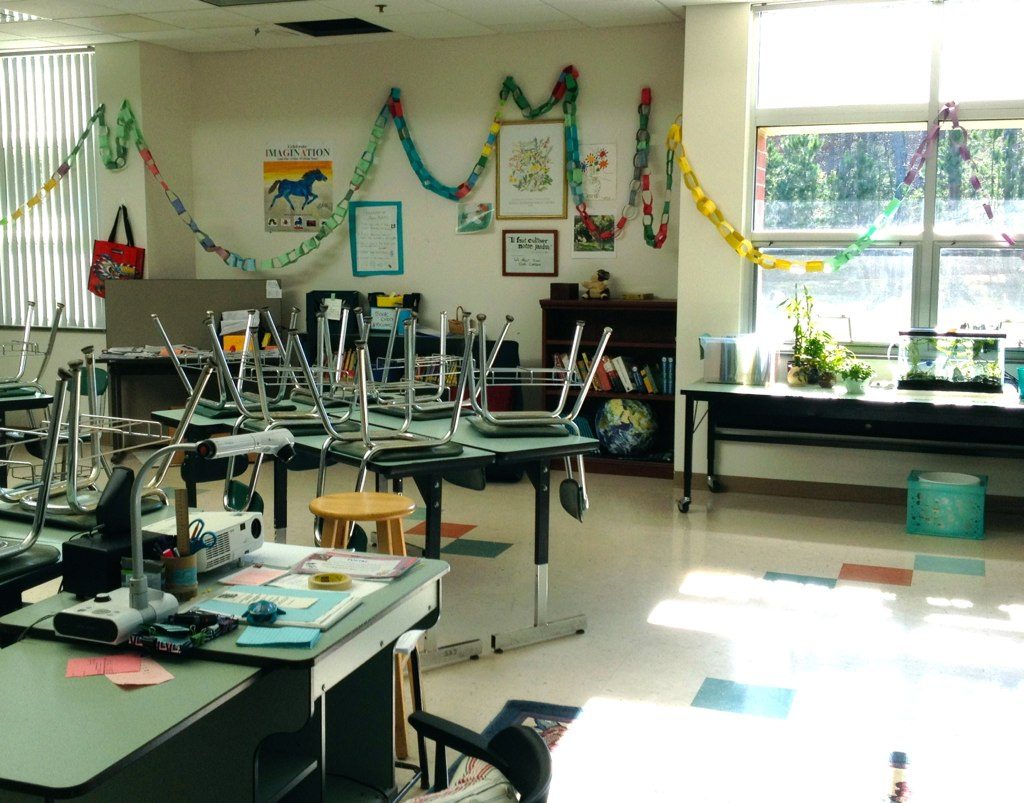Things to do differently in the TEFL classroom in 2018
And so there dawns a new TEFL year. While the haze of all of 2017’s gerunds and past participles and late-night Chang beers or Vietnamese pho is still sitting on the mind, we thought there’s never a better time to look forward to all the joys that 2018 might bring. When it comes to teaching, you’re likely to find the TEFL classroom a more innovative and techy place than ever before. Here are just a few things you can do to embrace that new arena of grammar and vocab. Enjoy…

Use more media
It’s been proven and proven again that humans have a whole load of different ways to learn. Some folk might be better at aural exercises – that’s listening. Others may hone their vocab best by speaking orally. Others like to do things, write them down or visualize. The upshot here is that the best teachers cater to the needs of a broad spectrum of student types. That can be easily achieved in the hi-tech TEFL classroom of 2018 by ensuring you make the most of a range of media. New tech allows the use of video and film, for example. Fast internet connections mean that you can often get music on demand. Images are just a Google search away. You catch the drift.
Get tech
It might seem obvious to say it but the TEFL classroom is not the same environment it was decades ago. In this day and age of fluid communications and digital news, on-demand entertainment and multifaceted media, it pays for a teacher to stay abreast of the latest changes in tech and the like. Granted, you’re often limited by the facilities in particular schools or teaching spaces, but we’re talking anything from as small as swapping out chalkboards for a whiteboard, or as complex as linking up iPad sessions to get your students chatting with native speakers across the globe. The sky’s the limit these days.

Smartphones no longer need to be the enemy
Perhaps 2018 is the year that teachers can finally stop tut-tutting at pupils who pull out their mobiles during a session. That’s because BYOD-style lessons (that’s ‘bring your own device’) are proving all the rage in some of the most innovative EFL circles around the planet. The idea is to embrace the power of self-teaching apps and online language resources by planning tutorials where your students can discover them at their own pace. Other teachers see smartphones as an indispensable note-taking tool. Goodbye unwieldy biros and dog-eared paper pads; hello nifty digital messaging systems and shared Cloud documents.
Go digital with homework and comms
Let’s say a short and happy eulogy (read: ‘good riddance’) for the age-old dog-ate-my-homework school of excuses. The world has moved on from times when students would have to be left to their own devices in that department. In 2018, you can choose any of the many online project management tools or communication systems to offer your classes an easy-to-access network of support, language tips and task ordering. Students can message if their stuck, get notifications when a task is due, and get real-time updates on the schedule of lessons. One real bonus here is that you should never be left staring down a group of homework-less folk again; or at least you should never be left staring down a group of homework-less folk with a valid excuse again.

Of course, there are oodles more things changing in the TEFL classroom come 2018. If you’ve any tips or tricks of your own, we’d love to hear about them in the comments below. Or, if you think it’s time you got TEFL qualified and out there exploring the world, be sure to check out our offering of courses.
